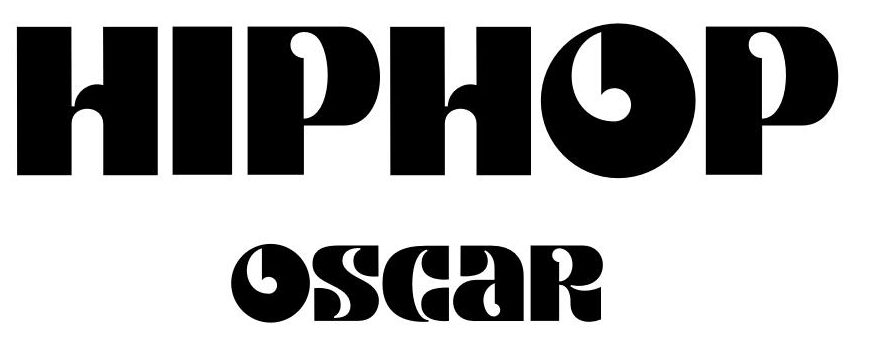More performance art than music documentary, Andrew Dominik’s This Much I Know to Be True is a stripped down but complex portrait of Australian musician/poet Nick Cave and his longtime cohort Warren Ellis as they rehearse a series of songs before embarking on a 2021 UK tour. The performance of these tracks, most of which were plucked from 2019’s Bad Seeds album Ghosteen and Carnage (which he made with Ellis), range from macabre piano ballads to swirling, orchestral explosions of spiritual acquiescence. Between these magnificent performances, we’re treated to a series of lowkey interviews from the troubadours whose hunger for music and creativity is as infectious as it is captivating. Dominik’s new Nick Cave documentary is a whimsical and engrossing snapshot of an artist who’s crawled out of the depths of hell only to discover an inner peace, which seems to even surprise the subject himself.
The fact that Cave announced the unexpected and tragic death of his oldest son, Jethro Lazenby, a mere two days before the movie’s release might make the experience of watching it more somber, but it doesn’t diminish the movie’s core message of optimism and humanity.
This isn’t the first time Dominik (The Assassination of Jesse James by the Coward Robert Ford, Chopper) has worked with the charismatic crooner. In their previous collaboration, One More Time With Feeling, the Australian filmmaker (whose controversial Marilyn Monroe biopic, Blonde, is about to see the light of day soon amid ratings controversy) chronicled the recording of Skeleton Key, a richly textured and cavernous album, which the artist penned after his other son, 15-year-old son Arthur Cave, died in a tragic accident, falling off a cliff in the Brighton, England. That film was a fascinating albeit painful journey into Cave’s shattering grief and quiet despair.
If One More Time With Feeling was a glimpse into the various tenets of pain, This Much I Know To Be True is a flash of heavenly light and inconspicuous celebration of catharsis. This is a bit ironic considering recent events, but it is inspiring to see Cave find harmony on film nonetheless. Still, the man who was once dubbed The Godfather of Goth hasn’t gone soft on us. In pure macabre fashion, the movie opens with the singer exhibiting his newest passion project, ceramics, which he took up during COVID. With a series of Victorian-inspired figurines, Cave displays an 18-piece set he crafted chronicling the life and death of the devil. Impressive in skill and breadth, much like his songs, his sculptures not only reveal his fascination with religion and human deprivation, but his singularity as an artist in an ever changing landscape. Unlike some aging rockers, who struggle to hold onto something tangible, Cave seems to dwell in his own universe, which can’t be tainted by the world outside. He’s an artist who exists both in the past and the present, inhabiting both Baudelaire and Elvis, while still evolving into something inscrutable.
This amorphous progression couldn’t be more apparent than in Cave and Ellis’ musical collaboration. Showcasing a series of performances that were filmed at the Battersea Arts Center, an ancient ballroom with crumbling walls and primeval murals, Dominik’s aesthetic in filming these sequences is minimalist to the bone (at times you can see the dolly circling on a track or boom mics suspended in the air). Although jarring at first, you quickly realize that the filmmaker is simply stripping away the cinematic gloss so the music can take center stage.
For Nick Cave fans, it’s a feast. Imbued with the poetic lullabies and melancholic brashness we’ve become familiar with in Cave’s catalog, some of the numbers feature him at the mic, while Ellis pulls euphoric sounds from a handheld keyboard. Other times, the songs feature an array of backup singers, violinists, and other musicians while Cave plucks haunting melodies on the piano.
Some of the movie’s best moments occur in-between the songs, when Cave and Ellis are interviewed with a casual, insouciant tone. The love and respect these artists have for each other goes back decades and is immediately palpable. When asked how Ellis became such a vital part of his career, first in the Bad Seeds, and in this new incarnation, Cave shrugs, “He took a subordinate role and slowly, one by one, took out each member of the Bad Seeds,” before joking, “I’m the next to go.”
There are also some funny moments. We see catch a glimpse of Ellis’ laptop, which is so unorganized and rife with saved files, it’ll remind you of your father’s computer. Most of the doc however has an underlying profundity which can be seen when Cave talks about his blog, “The Red Hand Files,” where he answers some of his fans’ questions about loss and grief. Now that we know Cave is wrestling with another personal tragedy in his life, this sequence takes on more existential and heartbreaking layers.
Ultimately, This Much I Know Is True is a subtle albeit engaging portrait of an artist who’s accepted his place in the world, instead of fighting it. As film subject, Cave isn’t necessarily confessional, and he never directly addresses the tragedies which have plagued him, but he wears his inherent darkness on his sleeve. This is a man who has learned how to become a “husband, father, friend, citizen,” instead of just a musician. Evidence of underlying pathos and reserve resides his music, which is altogether mournful, majestic, and magical, beautifully captured by Dominik.
